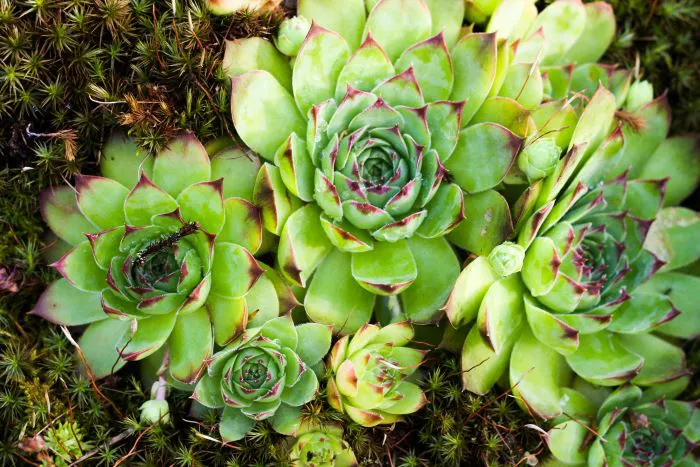Succulents, with their diverse shapes, textures, and colors, have become a staple in modern gardening. Their ability to thrive in various conditions, including minimal watering, makes them an ideal choice for busy gardeners or those with a brown thumb. However, determining the optimal watering frequency for succulents can be a challenge, as too much or too little water can lead to health issues. This article aims to demystify the question of how many times you should water your succulent, offering practical advice based on factors such as plant type, environment, and seasonal changes.
Understanding Your Succulent’s Watering Needs
Type of Succulent
The first step in determining watering frequency is understanding the specific needs of your succulent. Different species have varying water requirements. For instance, some succulents, like Echeverias, prefer moderate watering and can store water in their leaves, while others, like Agaves, are more drought-tolerant and require infrequent watering. Researching the specific needs of your succulent will provide a foundation for your watering schedule.
Environment and Potting Soil
The environment in which your succulent is planted, including lighting conditions, temperature, and humidity, also influences its watering needs. Succulents thrive in well-drained soil, which helps prevent root rot. The type of soil you use, whether it’s a specialized succulent mix or a homemade blend, affects how quickly water is absorbed and retained. Well-draining soils require more frequent watering than those that retain moisture longer.
Seasonal Variations
Seasonal changes play a significant role in determining how often to water your succulent. During the growing season, typically spring and summer, succulents require more water to support their active growth. In contrast, during the dormant period, usually fall and winter, they need less water as their growth slows down. Adjusting your watering schedule according to the season ensures your succulent receives the right amount of water at the right time.
Establishing a Watering Schedule
Starting Point
A common rule of thumb for watering succulents is to water them thoroughly until water drains out of the bottom of the pot and then wait until the soil dries out completely before watering again. This method, known as the “soak and dry” method, prevents overwatering and encourages healthy root development.
Checking Soil Moisture
To determine when the soil has dried out, use your fingers to feel the top two inches of soil. If it feels dry, it’s likely safe to water your succulent. Alternatively, you can use a moisture meter, which provides a more accurate measurement of soil moisture levels.
Adjusting Based on Signs
While a regular watering schedule is helpful, it’s essential to adjust based on the signs your succulent displays. Signs of underwatering include wrinkled or shriveled leaves, while overwatering can cause yellowing leaves, soft or mushy stems, and root rot. Paying attention to these signs and adjusting your watering schedule accordingly will keep your succulent healthy and thriving.
Seasonal Adjustments and Special Considerations
Spring and Summer
During the growing season, succulents need more frequent watering to support their active growth. This is typically every one to two weeks, depending on the specific needs of your succulent and the environmental conditions. Always check the soil moisture before watering to ensure you’re not overdoing it.
Fall and Winter
As the weather cools down and days become shorter, succulents enter their dormant period. Their growth slows down, and they require less water. Reduce watering to once a month or even less, depending on the species and how quickly the soil dries out. Be particularly cautious during winter, as cold temperatures can slow down water evaporation, increasing the risk of overwatering.
Pot Size and Material
The size and material of your pot also affect watering frequency. Smaller pots dry out faster than larger ones, requiring more frequent watering. Pots made from materials like terra cotta or clay absorb water and help the soil dry out more quickly, while plastic or ceramic pots retain moisture longer. Adjust your watering schedule based on the size and material of your pot to ensure optimal soil moisture levels.
Climate and Humidity
The climate and humidity levels in your area can significantly impact how often you need to water your succulent. In arid climates with low humidity, succulents may require more frequent watering to prevent dehydration. Conversely, in humid climates, they may need less water due to the higher moisture content in the air. Monitoring the climate and adjusting your watering schedule accordingly will help your succulent thrive in any environment.
Conclusion
Watering succulents is an art that requires attention to detail and a willingness to adapt. By understanding your succulent’s specific needs, monitoring soil moisture levels, and adjusting your watering schedule based on seasonal changes and environmental factors, you can create a balanced watering routine that promotes healthy growth and long-term success. Remember, the key to successful succulent care is consistency and vigilance.
Related Topics:


